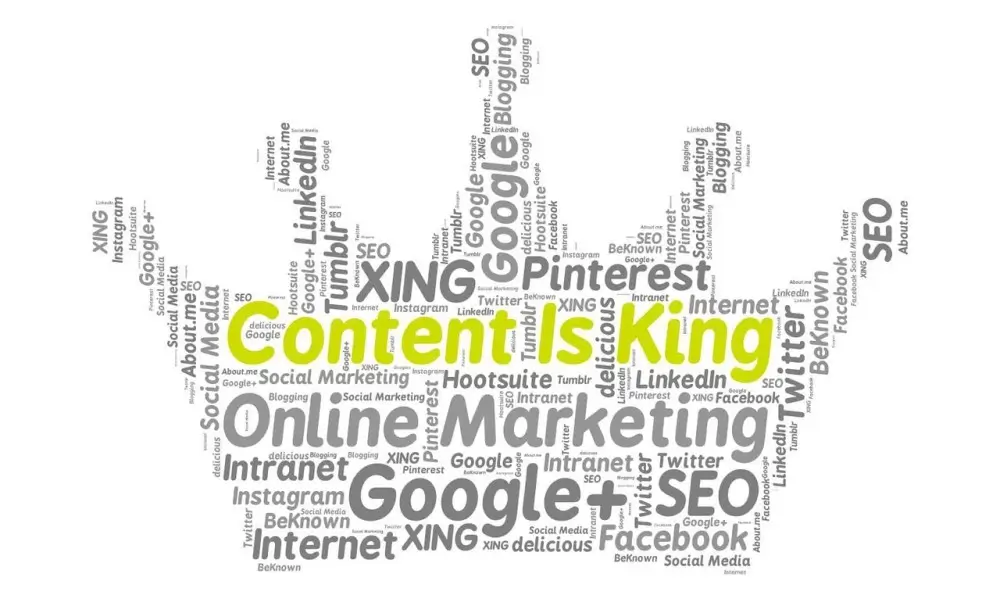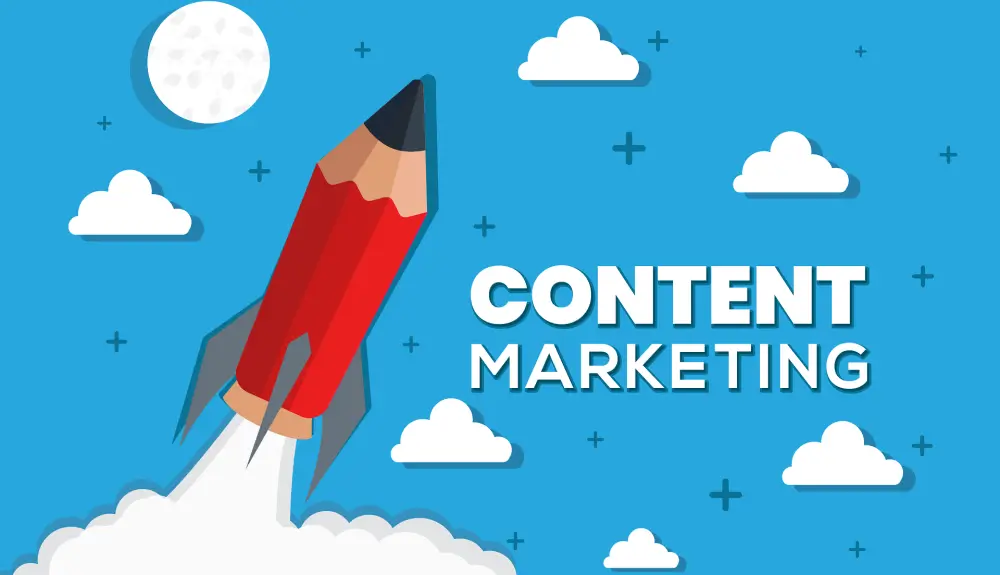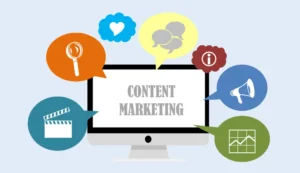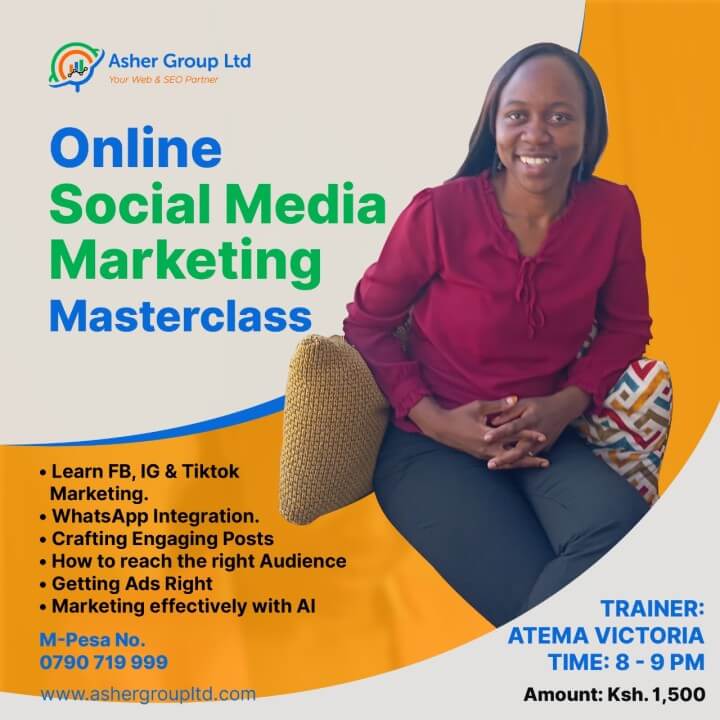Is content marketing just about posting on social media? Can you tell good content from bad? While other brands seem to get it right, why isn’t yours working as well?
Let’s talk about the power of content marketing.
Why Content Marketing Matters
We live in an era where phrases like:
- “Content is King”
- “Data is the new oil”
- “If your business isn’t online, you’re doomed”
…are used often. While they may sound like buzzwords, there’s truth in them—especially in content marketing.
If you’re in business today—whether selling products, offering services, or building a personal brand—content marketing isn’t optional. It’s a powerful tool to:
- Grow your brand
- Increase audience engagement
- Drive sales
So, What is Content Marketing?
Content marketing is the use of content in the online space to achieve business goals like sales, engagement, or brand visibility.
Official Definition:
Content marketing is the art of creating and distributing valuable, relevant content across digital platforms to attract and retain a clearly defined audience—and, ultimately, drive profitable customer action.
Forms of Content:
- Blog articles
- Infographics
- Emails
- Videos
- Social media posts
- Podcasts
- Case studies
Why “Content is King” is More Than a Catchphrase

Great content builds trust. If you consistently create valuable content, you:
- Attract and retain your audience
- Build stronger brand recognition
- Increase engagement and sales
It’s not just for businesses. Professionals sharing ideas or commentary on LinkedIn are also doing content marketing-they’re building thought leadership and authority.
Even small businesses using WhatsApp to share offers or testimonials are using content marketing, knowingly or not.
The Challenges of Content Marketing
Let’s be honest-we’ve all experienced:
- Low engagement on a carefully crafted post
- Creative blocks
- Watching someone else’s similar content go viral
You might wonder:
- “What am I doing wrong?”
- “Is it bad timing?”
- “Is my content just not good enough?”
The truth? Content marketing requires:
- Consistency
- Creativity
- Strategy
You need to understand your audience, create content that resonates, and distribute it on the right platforms at the right time.
Creating Effective Content Marketing
1. Relevance: Speak to the Right Audience
Your content must speak directly to your target audience. Generic or unrelated posts rarely perform well.

Example:
An eyewear brand that posted about how to prevent glasses from fogging during COVID would have created highly relevant, problem-solving content.
Tailor your tone and message based on whether you’re speaking to:
- Corporate professionals
- Local community members
- Niche online audiences
2. Quality: Present with Intention
Frequency matters-but not at the expense of quality.
- Poor visuals or audio = lost trust
- Wordy, unclear posts = disengagement
- Lack of polish = misalignment with brand value
Even short content should be:
- Clear
- Well-presented
- Purpose-driven
3. Engagement: Build Community
Good content encourages interaction. Don’t just post-invite likes, comments, or shares.
Ways to boost engagement:
- Use relatable stories
- Respond to comments or DMs
- Create FAQ-based content
- Use trending sounds or skits (where relevant)
4. Creativity: Hook Attention Fast
You have seconds to grab attention. Use strong hooks:
Instead of: “Tips for Career Growth”
Try: “5 Mistakes Killing Your Career Progress”
You don’t need fancy equipment—just creativity, structure, and value.
5. Balance: Quality, Quantity, Consistency
Aim for a balance:
- Post more often only if the content stays relevant and valuable
- Don’t post just to stay visible—make every post count
A few well-targeted posts per week are more powerful than daily fluff.
Mastering Content Marketing: Virality, Clickbait & Strategy

1. Hook vs. Clickbait – What’s the Difference?
- First impressions matter
- Avoid misleading clickbait—it hurts credibility
- Smart hooks = curiosity + value delivery
2. Going Viral Doesn’t Mean More Sales
- Virality boosts visibility, not always revenue
- Make sure your viral content is loosely tied to your niche
3. How to Trigger Virality:
- Controversial takes (e.g., “Hybrid cars are a scam in Kenya”)
- Aspirational lifestyle or BTS moments
- Culturally relevant or emotional storytelling
- High-quality visual/creative storytelling
4. Consistency vs. Virality
- Viral hits are great, but not sustainable
- Build long-term trust with content that:
- Educates
- Engages
- Entertains
A post with 5,000 views and 100 comments > random viral content with no clear value
5. Content Length: Does It Matter?
Yes, but depends on platform:
- TikTok, IG, X – under 90 seconds
- YouTube, Podcasts – longer is fine if it’s engaging
- LinkedIn, Blogs – use summaries, visuals, and concise sections
6. Repurposing Is Smart Strategy
One piece of content can become:
- Short clips for Reels or TikTok
- A LinkedIn post
- A blog
- A carousel
- An email newsletter
One idea = multiple touchpoints
7. Don’t Ignore AI
Use AI tools to:
- Brainstorm ideas
- Draft outlines
- Summarize long content
- Create captions or transcriptions
AI = content creation at scale, with less effort.
Final Takeaway
Content marketing helps you sell-without selling.
Through:
- Value
- Relevance
- Creativity
- Strategy
- Consistency
Whether you go viral or not, focus on building trust and educating your audience. Do that, and the sales, engagement, and brand loyalty will follow.





